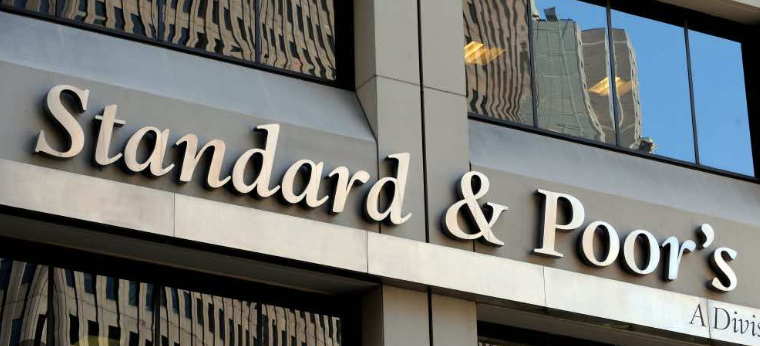Virendra Pandit
New Delhi: Painting an optimistic picture of the booming Indian economy, when several countries are facing recession, Standard and Poor’s (S&P) Global Ratings said on Thursday that India’s economic growth prospects should remain strong over the medium term, with GDP expanding 6 to 7.1 percent annually in the next two fiscal years, 2024-25 and 2025-2026.
In a report titled “Global Banks Country-By-Country Outlook 2024”, the American rating agency said the banking sector’s weak loans will decline to 3-3.5 percent of gross advances by March 31, 2025, on the back of structural improvements, including healthy corporate balance sheets, tighter underwriting standards, and improved risk-management practices.
Interest rates in India are unlikely to rise materially, and this should limit the risk for the banking industry, the report said.
“Unsecured personal loans have grown rapidly and could contribute to incremental NPLs. We believe underwriting standards for retail loans generally remain healthy and overall level of delinquencies remains within acceptable limits for this product category,” S&P Primary Credit Analyst Deepali Seth Chhabria said.
Global uncertainties will have a lesser impact on the Indian economy.
Slower global growth and external demand will weigh on economic activity and could fuel further inflation. However, given that India is domestically oriented, the economic growth would be less affected, it added.
“Economic growth momentum to continue. India’s economic growth prospects should remain strong over the medium term, with GDP expanding 6-7.1 percent annually in fiscal years 2024-2026,” S&P said.
India’s real GDP rose 7.8 percent year-on-year in the June quarter, up from 6.1 percent in the March quarter.
The Reserve Bank of India has forecast a 6.5 percent economic growth for the 2023-24 and 2024-25 fiscal years.
The report said the State Bank of India and the leading private-sector banks have largely addressed their asset-quality challenges.
Many public-sector banks still carry relatively high volumes of weak assets, which will result in higher credit losses and hit profitability. Their performance lags that of the industry.

